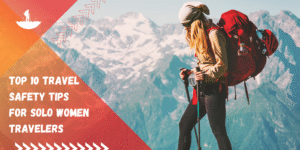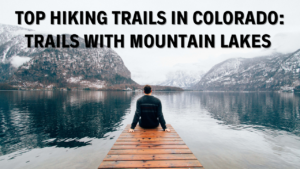Have you ever dreamed of exploring vibrant cultures, breathtaking landscapes, and historic sites while traveling solo? South America offers all that and more! For solo adventurers, this continent is a cultural treasure trove waiting to be uncovered. With its rich traditions, welcoming locals, and diverse destinations, South America guarantees a memorable journey for those traveling alone.
Table of Contents
Benefits of Solo Travel in South America
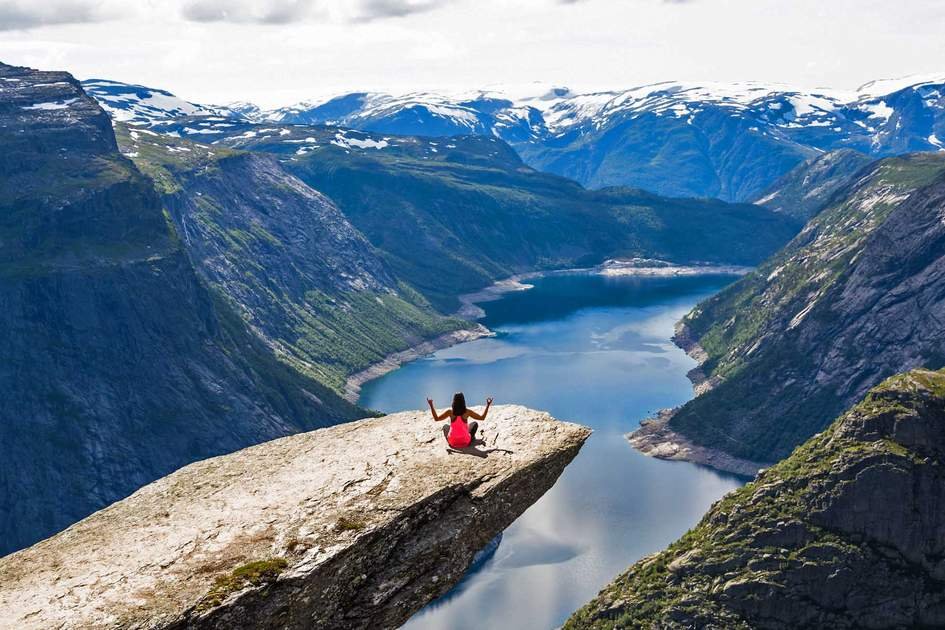
Solo travel isn’t just about visiting new places—it’s about immersing yourself in the culture and discovering more about yourself along the way. Here are a few reasons why South America is perfect for solo travelers:
- Immersive Cultural Experiences: Traveling solo allows you to engage more deeply with local customs and traditions.
- Personal Growth Opportunities: Navigating unfamiliar territories on your own builds confidence and independence.
- Flexibility in Travel Plans: Without the need to coordinate with others, you can explore at your own pace and follow your unique interests.
Preparing for Your Trip

Before embarking on your South American adventure, a little preparation can go a long way:
- Research Destinations: Learn about the culture, weather, and safety of the countries you plan to visit.
- Learn Basic Spanish or Portuguese: Knowing a few key phrases can make communication easier and endear you to locals.
- Pack Smartly: Essentials include comfortable walking shoes, weather-appropriate clothing, and a reliable backpack.
Top Solo Travel Destinations in South America
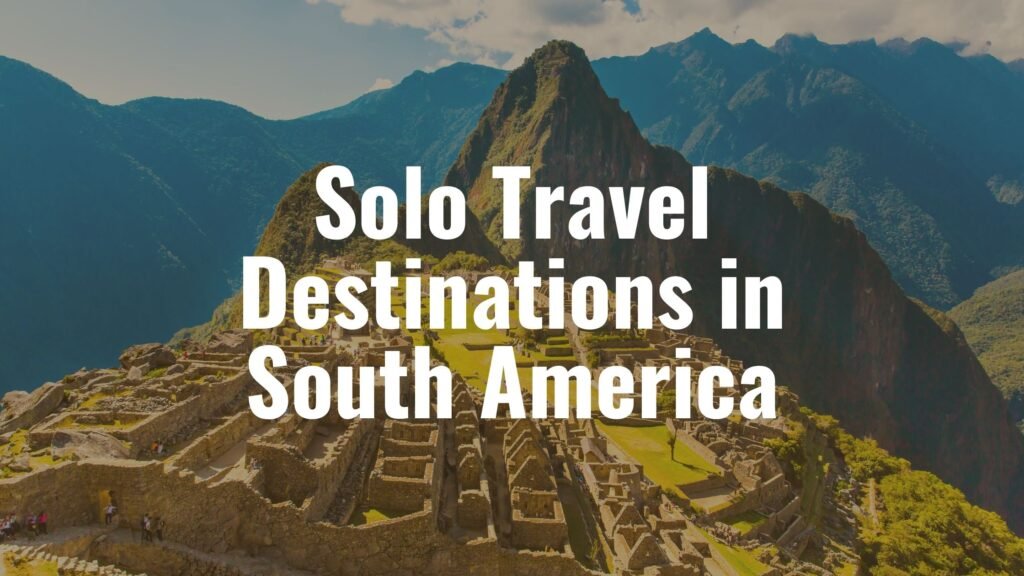
South America is vast, but some destinations stand out for their cultural allure and solo traveler-friendly vibe:
Colombia
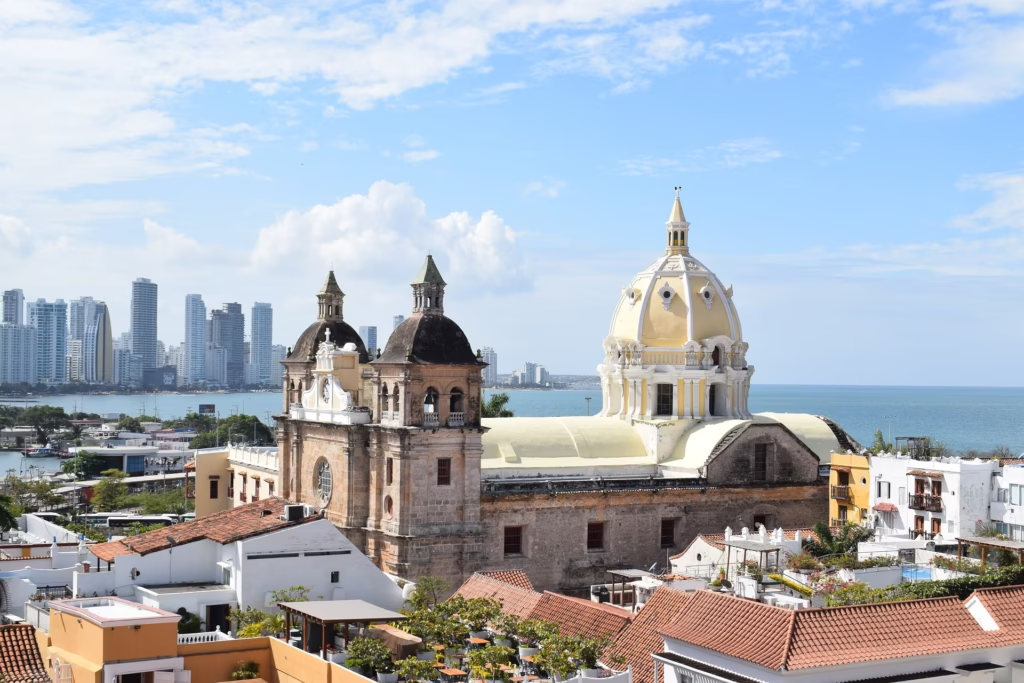
- Medellín: Once infamous, Medellín has transformed into a vibrant city with a rich cultural scene. Don’t miss the colorful Comuna 13 neighborhood.
- Cartagena: This coastal gem offers colonial architecture, lively plazas, and Caribbean charm.
Peru
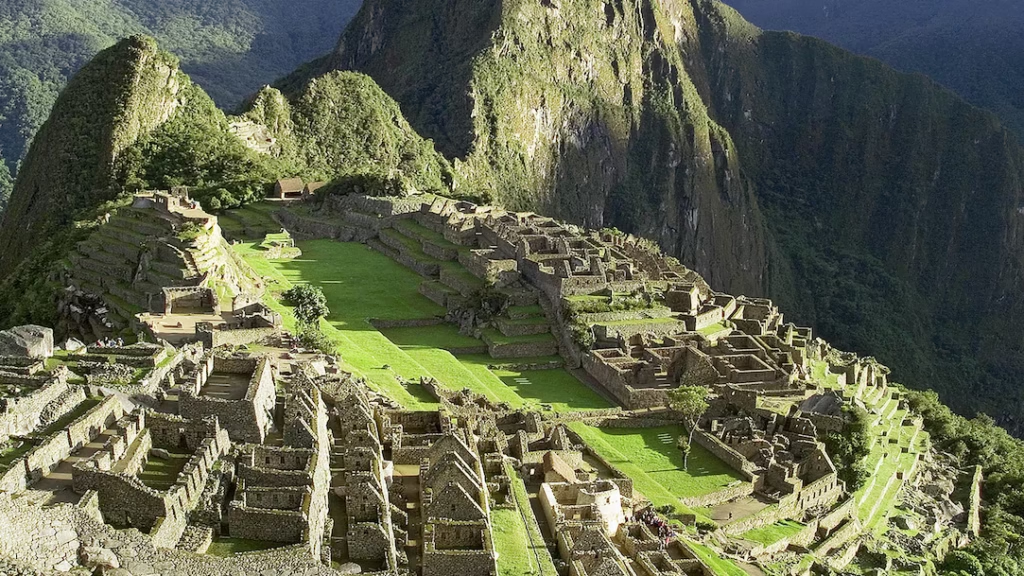
- Cusco: The gateway to Machu Picchu, Cusco is a historic city filled with Incan heritage and stunning landscapes.
- Arequipa: Arequipa, connue sous le nom de « White City », est célèbre pour son architecture coloniale splendide et la proximité du Colca Canyon.
Brazil
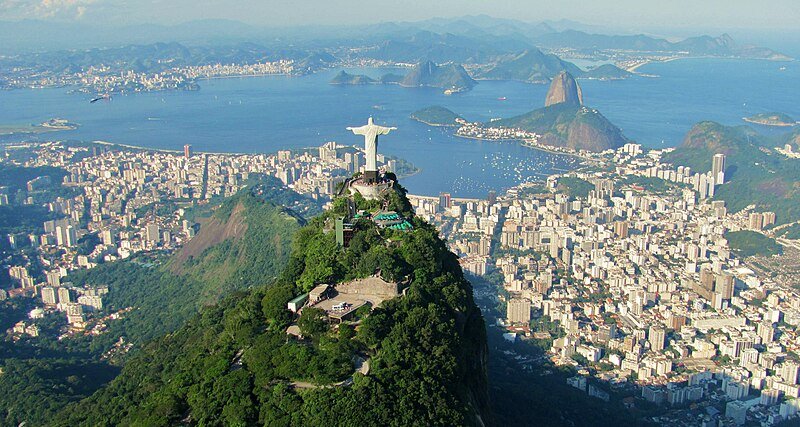
- Rio de Janeiro: Famous for its beaches, samba music, and the iconic Christ the Redeemer statue, Rio pulses with life.
- Salvador: Immerse yourself in Afro-Brazilian culture, with vibrant music, dance, and culinary traditions.
Argentina
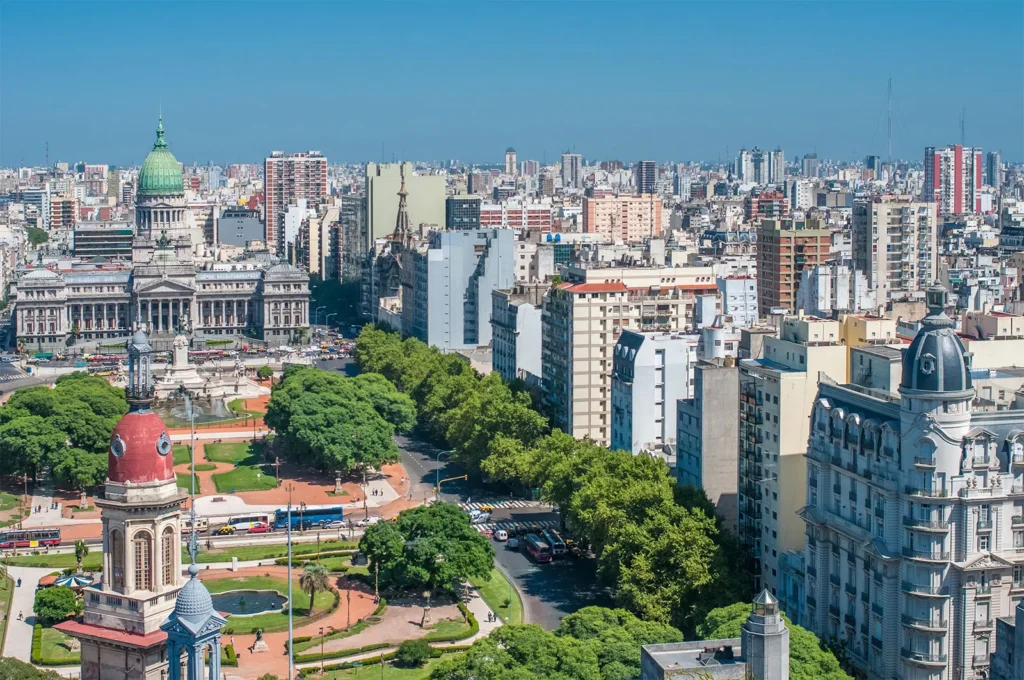
- Buenos Aires: The birthplace of tango, Buenos Aires is brimming with art, music, and European-inspired architecture.
- Mendoza: Enjoy wine tastings and stunning views of the Andes in this picturesque region.
Chile
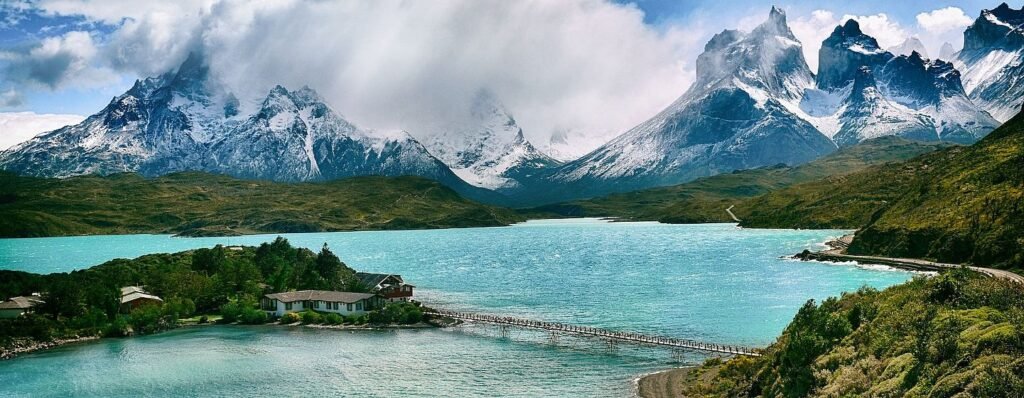
- Santiago: A dynamic city that seamlessly blends modernity with history.
- Valparaíso: This colorful port city is a haven for street art and bohemian vibes.
Ecuador
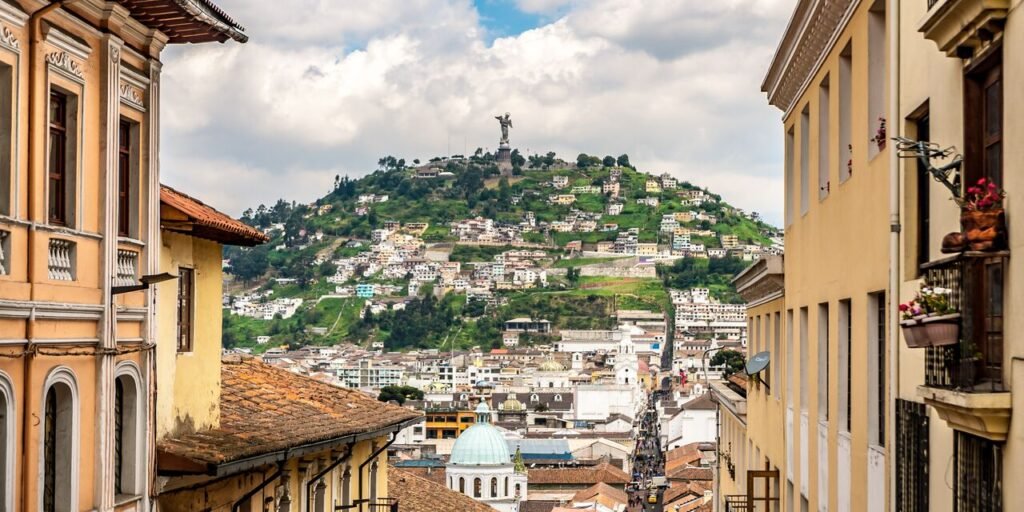
- Quito: A UNESCO World Heritage site, Quito boasts stunning colonial architecture and Andean charm.
- Galápagos Islands: Perfect for nature lovers, this destination offers unmatched wildlife encounters.
Tips for Safe Solo Travel in South America
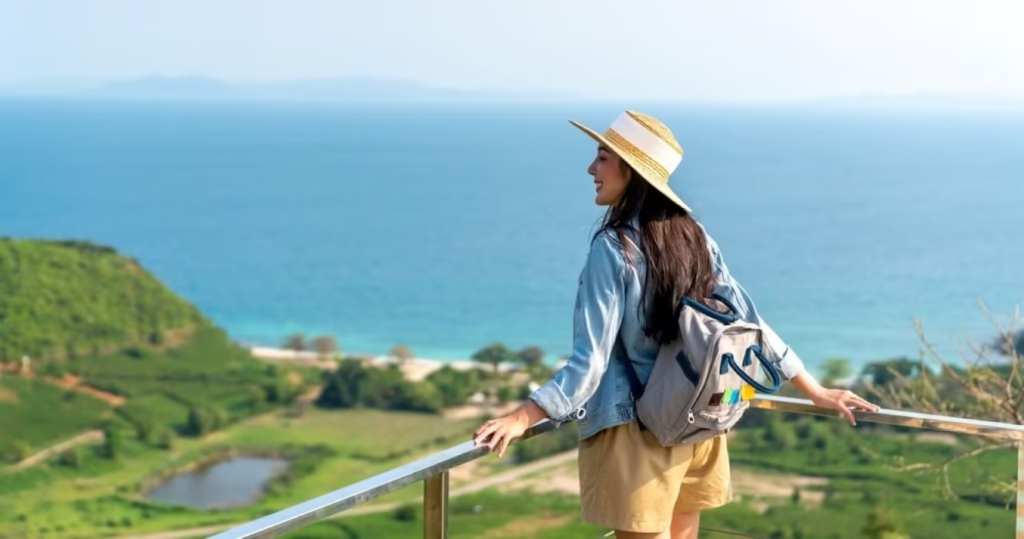
- Stay Connected: Carry a local SIM card or portable Wi-Fi to stay in touch with loved ones.
- Respect Local Customs: Understanding cultural norms can help you avoid misunderstandings.
- Use Trusted Transportation: Opt for licensed taxis or rideshare apps to ensure safe travel.
Cultural Highlights to Explore

- Indigenous Traditions: Visit markets like Otavalo in Ecuador to discover local crafts and traditions.
- Festivals: Plan your trip around events like Brazil’s Carnival or Peru’s Inti Raymi.
- Cuisine: Savor empanadas in Argentina, ceviche in Peru, and feijoada in Brazil.
Navigating Challenges

Traveling solo can present challenges, but with the right mindset, they’re all part of the adventure:
- Language Barriers: Use translation apps or carry a phrasebook to bridge communication gaps.
- Cultural Differences: Embrace the unfamiliar and approach new customs with curiosity.
- Budgeting: Research affordable accommodations like hostels or homestays.
Sustainability and Responsible Travel
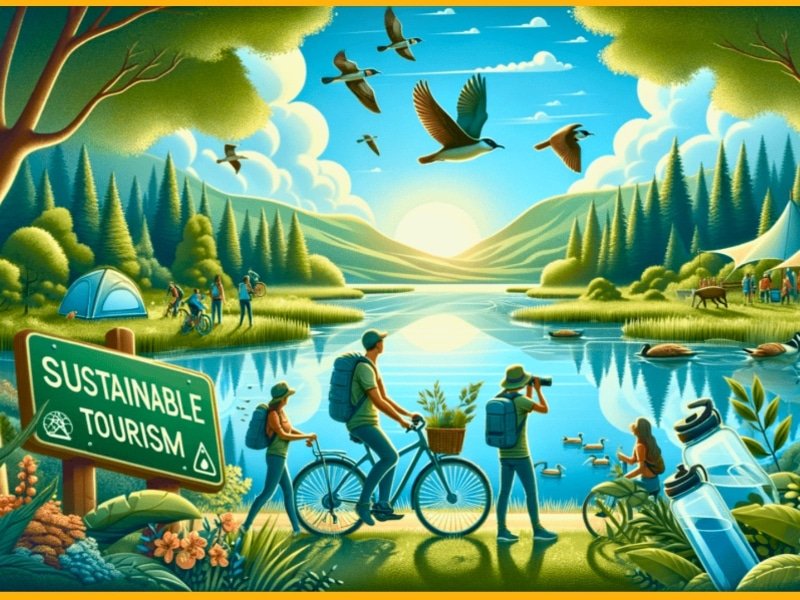
As a solo traveler, you can make a positive impact by:
- Supporting Locals: Choose locally-owned businesses and tour operators.
- Eco-Friendly Practices: Minimize waste, and respect natural environments.
Also Visit:
Ultimate Guide to Solo Travel Destinations in South America
Top 10 Solo Travel Destinations in South America for Adventurers
Navigating Southeast Asia: Budget Travel Tips for First-Time Travelers
Experience Luxury on a Budget Travel Tips for Southeast Asia
Budget Travel Tips for Southeast Asia: Navigating Public Transport
Conclusion
South America is a dream destination for solo travelers seeking cultural enrichment and personal growth. From its bustling cities to serene landscapes, the continent offers something for everyone. So pack your bags, embrace the spirit of adventure, and discover the magic of South America—one destination at a time.


